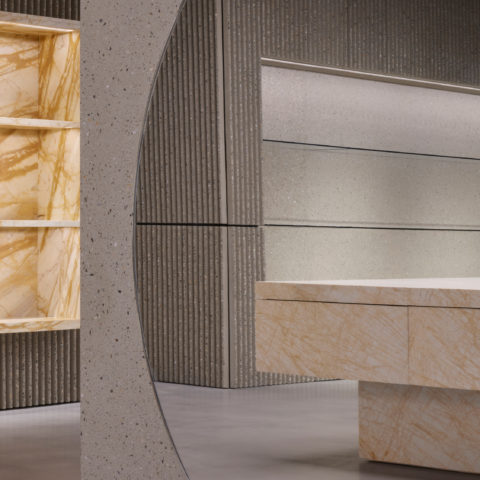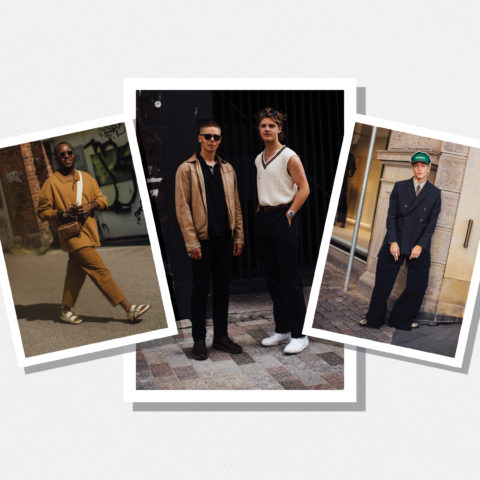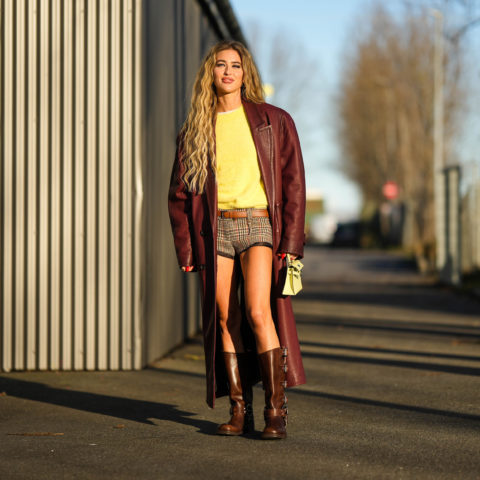Chanel, chérie: An haute couture virgin embarks on a fashion rite of passage
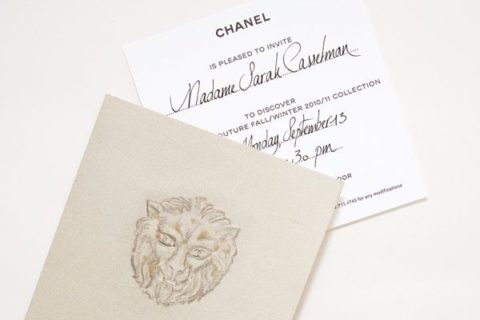

There are few things left in the world that would prompt someone to put down her iPhone, stop tweeting and log off her Facebook account. I discovered one of them in my hotel room during Spring 2011 fashion week in New York: an invitation from the house of Chanel. I cracked open the thick envelope, pulled out the heavy card stock emblazoned with a regal lion’s head, and read the most joyous words known to womankind (fashion editor or otherwise): “Chanel is pleased to invite Madame Sarah Casselman to discover the haute couture fall/winter 2010/11 collection.” My first response—elation!—was followed by a wave of what-to-wear anxiety. But elation won.
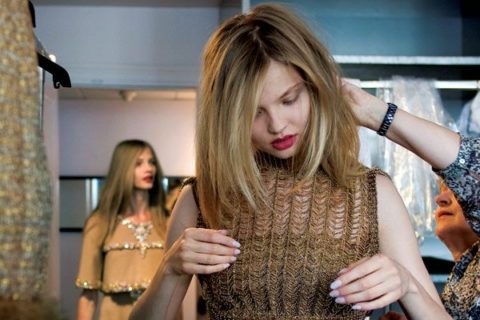
The idea of couture collections existing in our dizzy modern world is perplexing to some. After all, this fantastical endeavour was created in an era long gone, known for its good manners, civilized travel, chivalry and proper cocktail hour. I like to think of haute couture as akin to fine art: In order to acquire these priceless masterpieces, one must be part of a very small, very rich elite circle of individuals with names like Getty and Guinness. After all, with houses like Chanel preferring not to disclose their couture prices, it’s obvious that if you have to ask, you can’t afford it. For the rest of us mere mortals, we visit these objects of our affections in museums or with the click of a mouse. But forget profit margins; the designers who produce these collections view their couture ateliers as fashion incubators, places to experiment with new ideas, which, in turn, create strong brand awareness and (they hope) increase ready-to-wear sales.
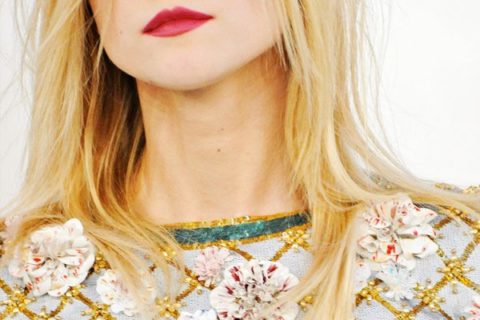
These days, only about a thousand potential haute couture clients worldwide are living this made-to-order life via design houses like Valentino, Armani Privé, Christian Dior and Givenchy. Many of these blue-chip clients live in China, Russia and the Middle East, but in the case of Chanel’s jet set, most are American and European. Interestingly, the preview that I’m invited to marks the first time the brand’s haute couture collection will be presented to fashion editors during individual appointments at the showroom. Customarily, it is shown only on the runway—such as at Le Grand Palais in Paris.
The night before C-day, I curl up with my October Vogue after a full day of ready-to-wear shows and notice that actress Carey Mulligan is wearing Chanel haute couture on the cover and for the story inside. No doubt, the cover look is gorgeous: The spray of sequins resembles shimmery mesh and the pretty floral embellishments look like exquisite cake toppings. But when all is sewn and darted, isn’t it just another dress? Twelve hours later and 12 floors above East 57th Street, those sugar plum–dipped pages spring to life on a rack in front of me. Me! The fashion-editor-slash-kid-in-a-candy-store, desperately trying to remember her indoor voice. This is Chanel couture, chérie.
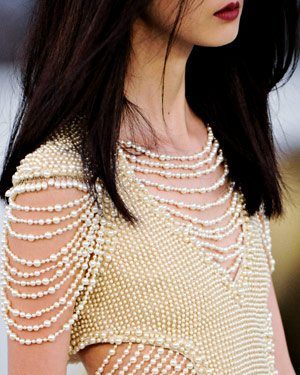
Approaching the first garment rack, I get the strangest feeling of déjà vu. Not surprising I suppose, given the fact that we live in a digital daze, are obsessed with keeping up with the tweeps and can now watch a runway show in real time through the marvel of online streaming. (I’d already viewed this collection three times online, months before my sacred showroom visit.) But no Twitpic or live feed can capture this type of sit-and-savour fashion feast quite like a pair of eyes in the room. Part history lesson, part decadent costume party, the collection is simply awe-inspiring: elaborately sequined dresses fit for royalty; buttons encrusted with precious handmade jewels from maison Desrues, the prestigious 82-year-old costume jewellery and accessories atelier in northern Paris; boots in bronze leather quilted to look like chains; sublime sable-trimmed cuffs; magical seamless jackets; ornate door knocker–sized lion’s-head accents (like me, Coco Chanel was a Leo); and embroidered panels resembling ancient tapestries. Holding up a hanger—look 26, a dreamy dress splashed with an ocean of pearls—I am shocked by its heft. Weighing in around four kilos, it’s the heavyweight champ of the collection. After I’ve spent a blissful hour analyzing and admiring all of the meticulous details, it’s obvious that it’s the intricate handwork that truly defines haute couture and places it in a class above its commercial ready-to-wear cousin.
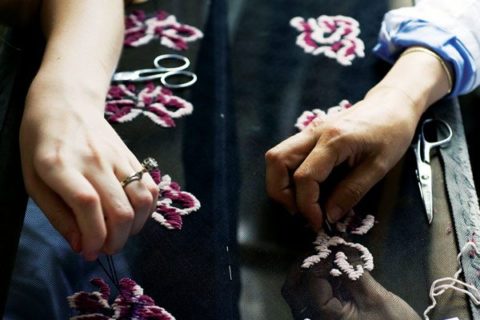
Take, for instance, look 60, the two-piece Carey Mulligan cover confection. There are an astounding 600,000 sequins embroidered on it, and an additional 100,000 on the matching boots. The bolero’s porcelain-like floral embellishments are made of painted patent leather with strass, a flint glass used to imitate gemstones. Amazingly, usually only one seamstress is assigned per look. Considering that some of the collection’s more elaborate pieces require more than 500 hours of labour, it is les petites mains, the tireless atelier workers, who should be commended not only for bringing Mr. Lagerfeld’s sketches to life but for making this up-close-and-personal experience so mind-blowing.
Having descended back to the street (and from cloud nine), I decide to walk a few blocks to cool my cheeks, which are flushed from an afternoon of sensory overload. I find myself craving a cigarette. I don’t smoke; it was just that damn good.

